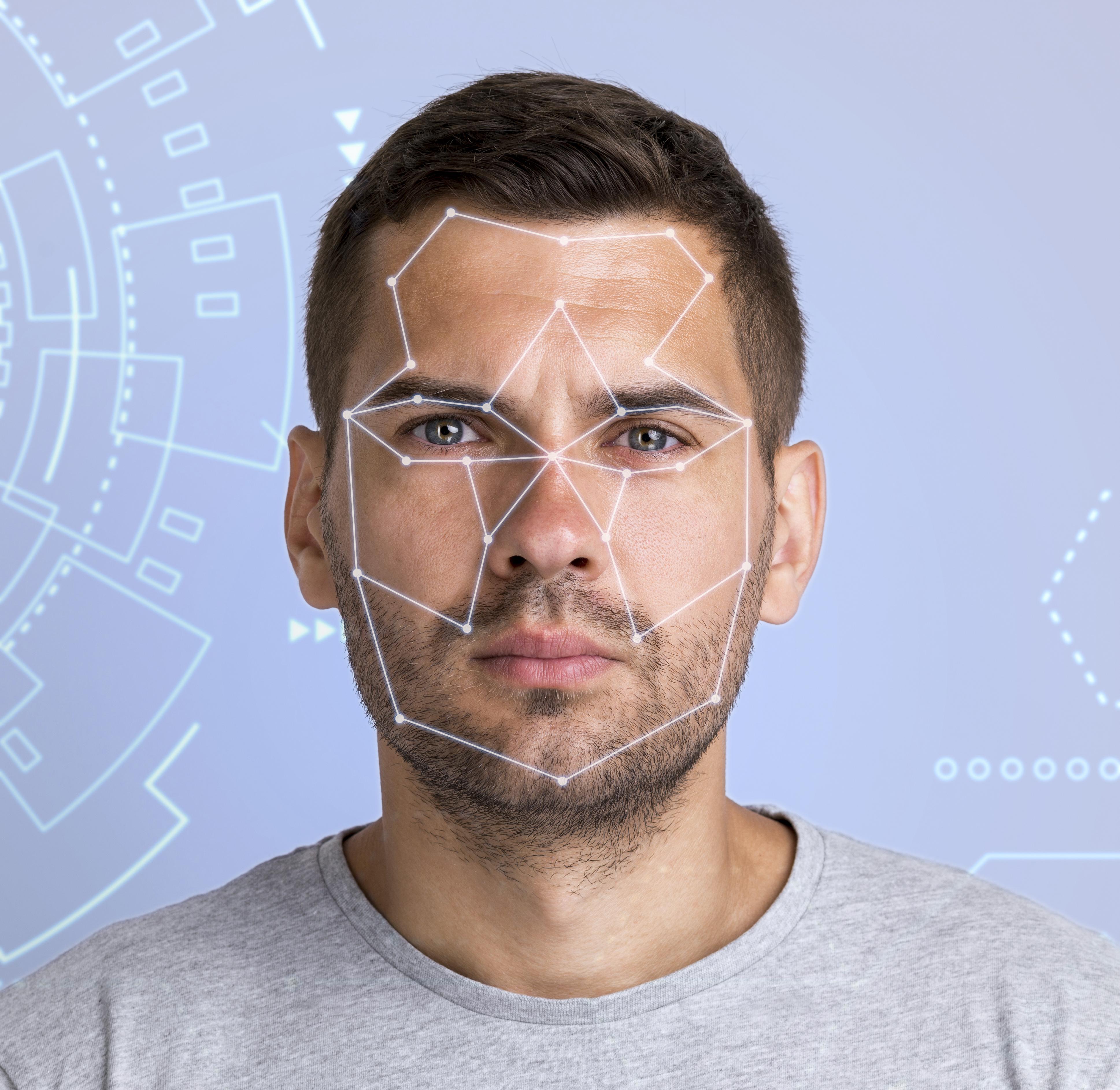
Imagine unlocking your digital life just by showing your face. No more typing passwords or scrambling for forgotten logins. This is the convenience powered by a facial matching SDK, an unsung hero in today’s race for smarter, safer digital systems.
But what makes it tick? And why is it suddenly a must-have for apps across banking, education, and security? Let’s dive in.
What Exactly Is a Facial Matching SDK?
A facial matching SDK (Software Development Kit) equips developers with a ready-made set of tools to compare two facial images and determine if they belong to the same person.
It works like a high-tech digital referee. One image might come from a photo ID. The other is a live selfie. The SDK checks the match and makes a call — same person or not?
Common Features Include:
| eature | Purpose |
|---|---|
| Face Detection | Finds faces within a photo or video feed |
| Landmark Identification | Maps key facial features like eyes, jawline, and mouth |
| Embedding Generator | Converts facial data into numeric codes |
| Matching Engine | Compares facial embeddings for similarity |
| Anti-Spoofing Layer | Detects photos, masks, or deepfakes |
How Does a Facial Matching SDK Work?
In simplest terms:
- Detect the face in each image.
- Map facial characteristics (distance between eyes, jawline, etc.).
- Encode these features into mathematical vectors.
- Compare the vectors for similarity.
- Decide if they represent the same person.
Most SDKs use machine learning trained on millions of face samples to make these comparisons faster and more accurate than a human could.
“When integrated properly, facial matching SDKs can perform with up to 99.5% accuracy, even across lighting and age differences.”
— Facial Recognition Tech Analysis by Synced Review
Industries That Rely on Facial Matching SDKs
This technology might be invisible, but it’s everywhere.
1. Online Banking & Crypto
- Onboarding new users with ID + selfie verification
- Securing high-value transfers with facial authentication
2. Telemedicine
- Ensuring patients and doctors are who they claim to be
- Verifying identities before granting record access
3. E-Learning
- Preventing student impersonation in online exams
- Verifying login sessions with face checks
4. Smart Buildings
- Replacing access cards with facial entry
- Logging employees and guests in real time
5. eCommerce & Retail
- Personalizing experiences for logged-in shoppers
- Detecting repeat customers at self-checkouts
Facial Matching SDK vs. Facial Recognition Engines
They’re often confused, but here’s the distinction:
| Characteristic | Facial Matching SDK | Facial Recognition System |
|---|---|---|
| Type of Matching | 1:1 (one image vs another) | 1:N (one face vs large database) |
| Best Use Case | ID verification | Crowd scanning, surveillance |
| System Requirements | Lightweight SDK | Full system + high compute power |
| Examples | Login systems, KYC checks | Airports, government systems |
If you're building something that needs to verify identity, like an app or kiosk, you want an SDK — not a surveillance-grade system.
Security + Privacy: What Developers Must Know
Facial matching isn’t just about tech — it’s also about ethics and legal compliance.
Here’s how to stay responsible:
- Encrypt all facial data at rest and in transit.
- Avoid storing raw images; use embeddings instead.
- Provide consent prompts for users before capturing data.
- Respect local laws, such as GDPR (EU), BIPA (Illinois), or CCPA (California).
“Data without consent is data theft — plain and simple.”
— CyberEthics Journal, 2024
Performance Metrics to Watch
Not all facial matching SDKs are built equal. Here are some metrics that matter:
- False Acceptance Rate (FAR): How often the system wrongly approves an impostor.
- False Rejection Rate (FRR): How often it rejects a valid user.
- Equal Error Rate (EER): Where FAR and FRR meet — lower is better.
- Liveness Detection Accuracy: Important for spotting spoof attempts.
Choosing an SDK that’s been independently tested by sources like NIST adds trust and transparency.
Choosing the Right Facial Matching SDK
When shopping for an SDK, look for:
- Cross-platform support (iOS, Android, web)
- Real-time processing (under 1 second)
- Offline mode (for low-connectivity areas)
- Customization options (tweak thresholds, UI, etc.)
- Developer documentation & support
Bonus if the SDK offers a free trial or sandbox mode — ideal for testing before full integration.
Final Thoughts: Why Facial Matching SDKs Are Worth the Hype
We’re entering a passwordless age, and facial matching SDKs are at the forefront of this shift. They blend security, convenience, and user experience — a rare combo in tech.
Whether you're building a fintech app, a remote work platform, or an online education hub, integrating facial verification doesn’t have to be hard — not when the right SDK does the heavy lifting.
If you're curious about implementing this tech the right way, explore the solutions offered by RECOGNITO — experts in secure and seamless facial verification. Learn more at recognito.vision.
Comments